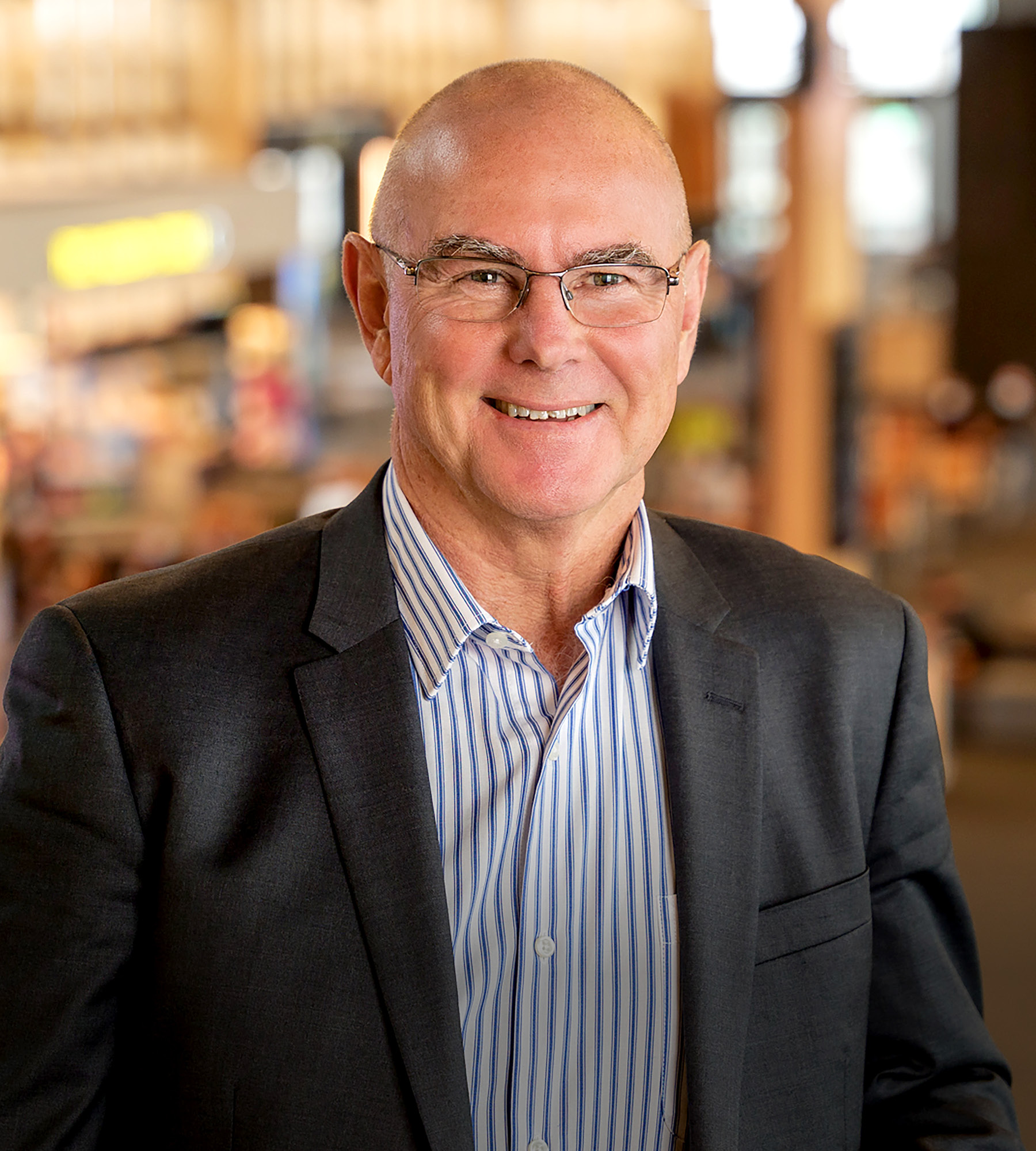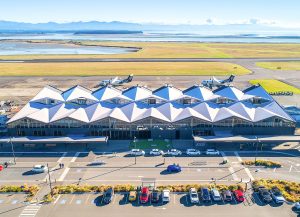Language
You can read the magazine in one of the following languages
After the past few years, the travel industry often finds itself nervously glancing in the rearview mirror and asking, ‘what was that?’
The arrival of the COVID-19 pandemic threw the world into uncharted waters, and many are still adrift, trying to find their way home.
“It’s certainly something we never saw coming,” says Mark Thompson, CEO of Nelson Airport, located at the northern end of Te Waipounamu, New Zealand’s South Island. “And I think philosophically as a people, we have changed a lot of our thinking.”
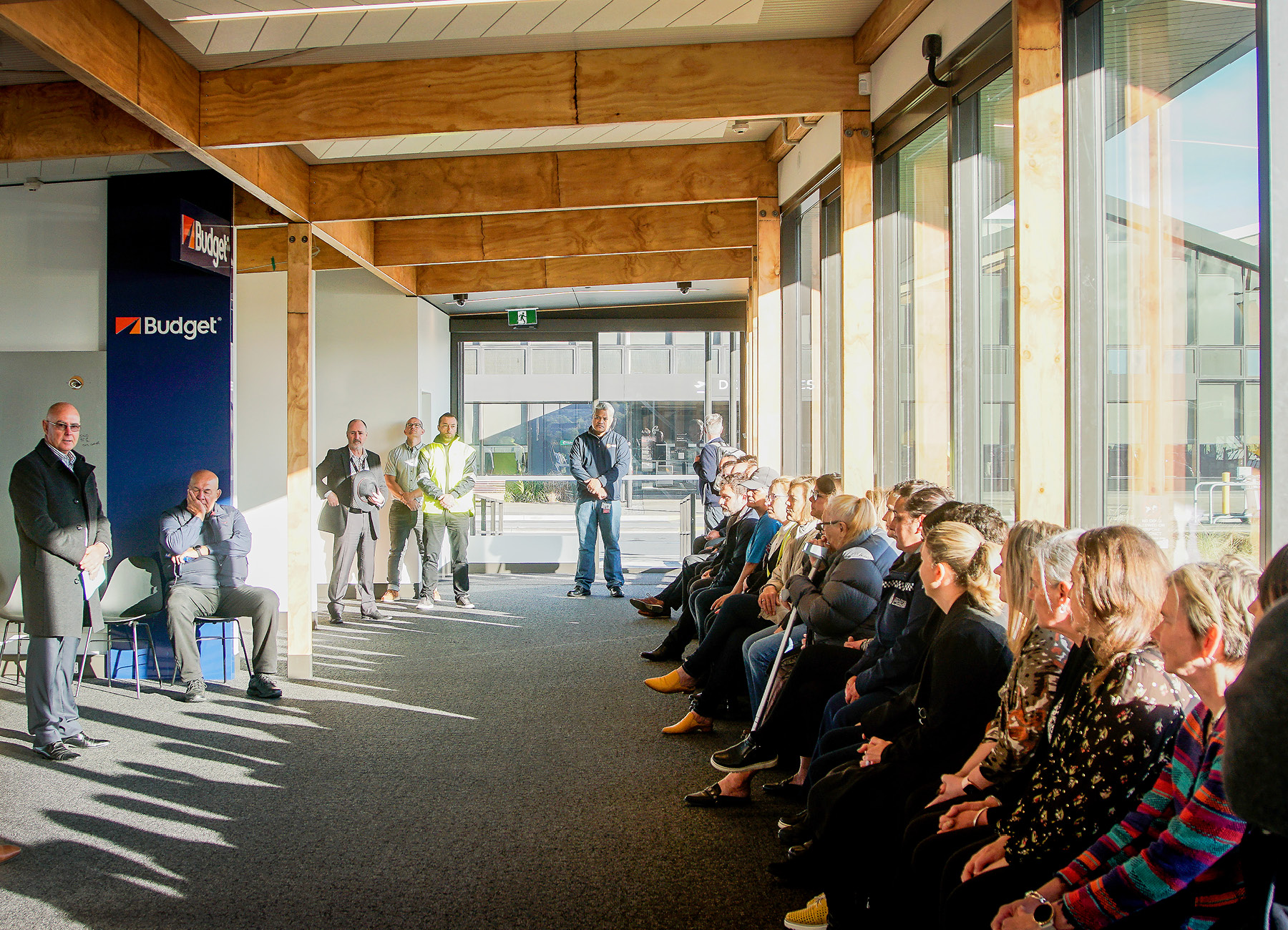
“The travel disruptions have meant people are spending more time stuck in airports, so we’ve given a lot of thought to how we make the airport experience more enjoyable.”
Nelson Airport’s unique position in the Air New Zealand network meant that for the regional airport, it was almost business as usual. “We’re the place their planes have to come for servicing, so we were the only regional airport outside of Auckland, Wellington and Christchurch that continued operating,” he says.
Like any airport, Nelson’s portfolio is a mix of travelers and property. Thompson says that although the former dropped off during the pandemic, his focus on both never wavered.
“The travel disruptions have meant people are spending more time stuck in airports, so we’ve given a lot of thought to how we make the airport experience more enjoyable and more informative, instead of just being a barn where people are herded into planes.”
Airports are unique in that they’re facilitators and generally don’t have a direct relationship with their customers.
“Most organizations, their customers are on a database and you can communicate and market to them directly,” Thompson explains. “But most of our customers are travelers or tenants, very transactional. We’re just facilitators of travel and therefore we have to understand that everyone’s traveling for different reasons, and we have to design our offerings to meet all those needs.”
Key to that approach is empowering the people in the Nelson Airport family to create positive change wherever they see fit. “If there weren’t challenges, if everything worked as it should, we wouldn’t be here,” Thompson says. “Assuming you need leadership and people to make businesses run, take the opportunity to make people effective rather than ineffective.”
It’s the difference between directing people and empowering people that can bring about the kind of change needed in the post-COVID era, he adds.
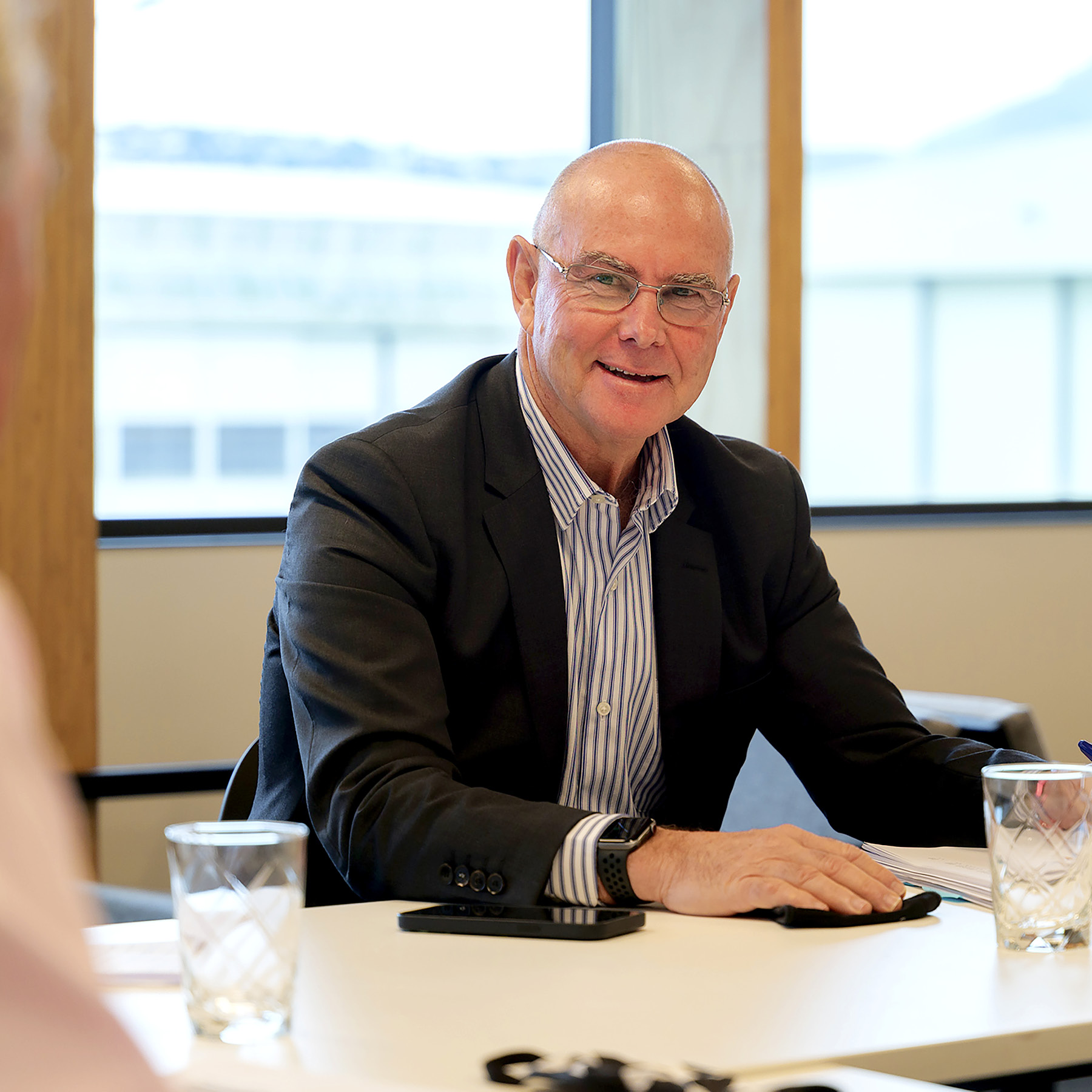
“Give your team tools, training and support, and they will affect change.”
“People are amazing things, but if you de-power them, you’re losing potential. Every organization that’s successful is so because they allow people to affect change. Give your team tools, training and support, and they will affect change.”
In an airport, change can be found in details as seemingly minor as confusingly worded signage. “If someone’s coming to the kiosk and asking, ‘Where’s this?’, that’s an opportunity to improve,” Thompson says. “We do a daily debrief where we consider what we were asked that day and how we can do things differently tomorrow.”
While he admits you can’t satisfy everyone, particularly in an environment as varied as an airport, you can always improve. “Anything you design and build that has moving parts, you can improve,” he says.
“That means thinking about where we can repurpose seating, where we can put information screens, where we can offer up different propositions for customers away from the standard bookshops and cafes. That’s what we do at Nelson Airport. She’s a beautiful piece of architecture and people love it.”
Behind the scenes, it means preparing for future technological trends. “In 10 years’ time, if planes are electric or hydrogen or something in between, they’ll need to be refueled or recharged in a different way when they land here,” Thompson says.
“So our opportunity now is to develop that ecosystem, which all starts with green energy generated at the airport. Then we can point to the airlines and say, ‘We’ve got clean power available, so come and fill up with us’.”
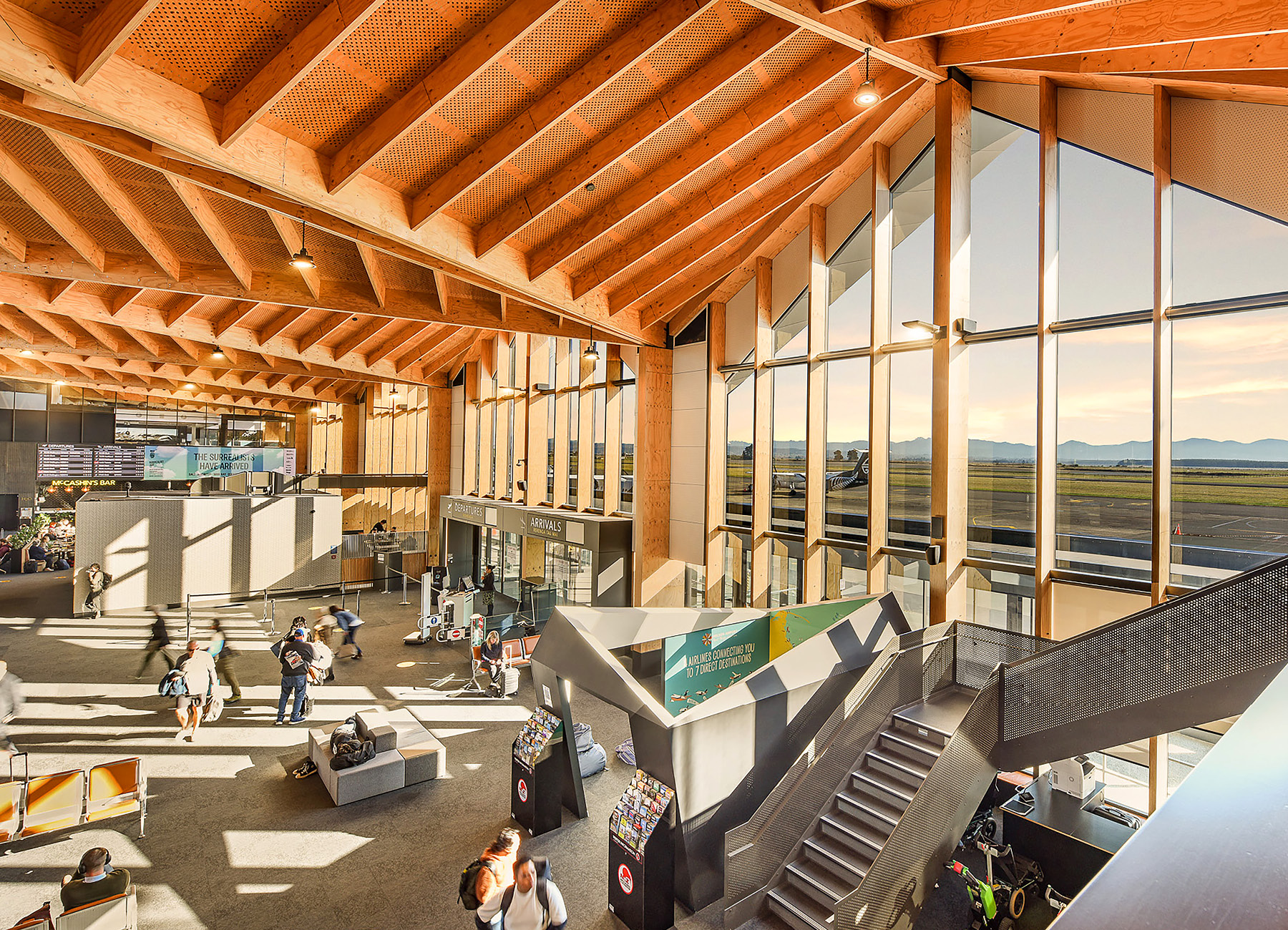
“I want people to feel that they’ve landed in Nelson. We’ve got a sunny climate and lovely natural spaces, so all of that adds to the DNA of the airport.”
There’s also the environment outside, which enriches the Nelson Airport experience. “I always say I want people to feel that they’ve landed in Nelson. We’ve got a sunny climate and lovely natural spaces, so all of that adds to the DNA of the airport.”
For Thompson and his Nelson Airport team, effective airport management is a matter of keeping an eye on the future. “For any service game it’s 99 percent planning and one percent execution,” he says.
“Our customer numbers are growing again, so for us it’s about looking around the corner, seeing what’s coming, talking to all vested parties and putting the required changes in place now. That way, you are setting every stakeholder up for success. You either meet the market or you agree that you’re going to fail.”
